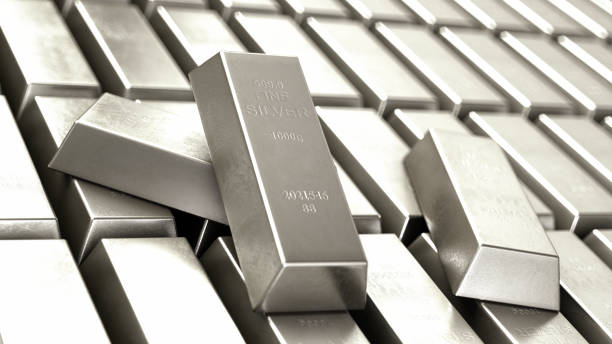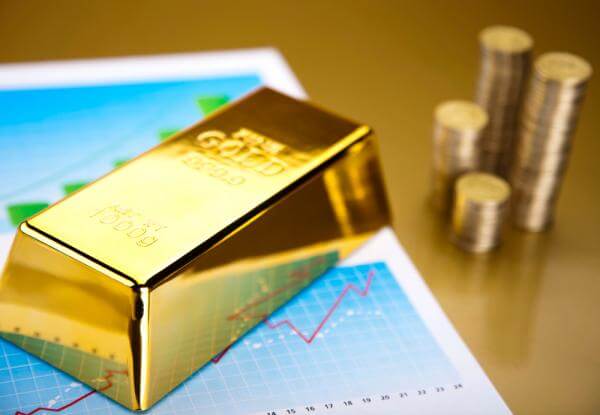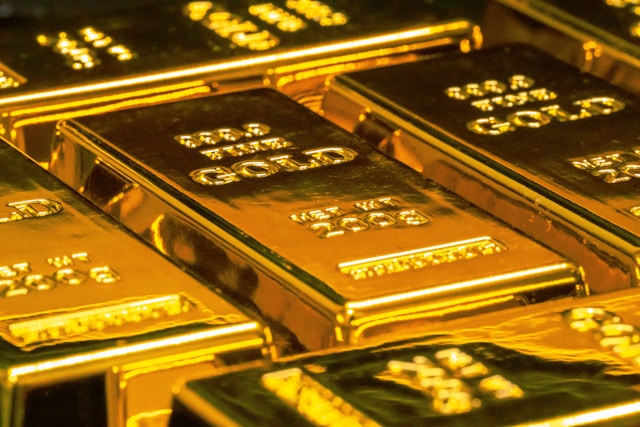Silver Price Forecast: XAG/USD tumbles below $31.00 on firm US Dollar


- Silver prices break below 50-day SMA at $31.41, testing support at 100-day SMA at $30.28.
- Bearish momentum confirmed by RSI; further decline could target 200-day SMA at $28.55.
- Reclaiming $31.00 could see silver challenge resistance at 50-day SMA and November highs.
Silver price drops over 1.80% on Monday trading late in the New York session, trading below the $31.00 a troy ounce, amid worries about Trump’s second term could escalate a trade war. At the time of writing, the XAG/USD trades at $30.69, after hitting a daily high of $31.55.
XAG/USD Price Forecast: Technical outlook
The uptrend in Silver prices is intact, yet after falling below the 50-day Simple Moving Average (SMA) at $31.41, sponsored XAG’s leg down to test the 100-day SMA at $30.28. Indicators such as the Relative Strength Index (RSI) turned bearish, and drops further, an indication that if sellers clear the latest key support area between $30.00-$30.28, they would be in charge.
In that outcome, the next support would be the 200-day SMA at $28.55, followed by the September 6 low of $27.69
Conversely, if buyers reclaim $31.00, look for a test of the 50-day SMA. Once cleared, the next supply zone would be the November 7 high at $32.15.
XAG/USD Price Chart – Daily

Silver FAQs
Why do people invest in Silver?
Silver is a precious metal highly traded among investors. It has been historically used as a store of value and a medium of exchange. Although less popular than Gold, traders may turn to Silver to diversify their investment portfolio, for its intrinsic value or as a potential hedge during high-inflation periods. Investors can buy physical Silver, in coins or in bars, or trade it through vehicles such as Exchange Traded Funds, which track its price on international markets.
Which factors influence Silver prices?
Silver prices can move due to a wide range of factors. Geopolitical instability or fears of a deep recession can make Silver price escalate due to its safe-haven status, although to a lesser extent than Gold's. As a yieldless asset, Silver tends to rise with lower interest rates. Its moves also depend on how the US Dollar (USD) behaves as the asset is priced in dollars (XAG/USD). A strong Dollar tends to keep the price of Silver at bay, whereas a weaker Dollar is likely to propel prices up. Other factors such as investment demand, mining supply – Silver is much more abundant than Gold – and recycling rates can also affect prices.
How does industrial demand affect Silver prices?
Silver is widely used in industry, particularly in sectors such as electronics or solar energy, as it has one of the highest electric conductivity of all metals – more than Copper and Gold. A surge in demand can increase prices, while a decline tends to lower them. Dynamics in the US, Chinese and Indian economies can also contribute to price swings: for the US and particularly China, their big industrial sectors use Silver in various processes; in India, consumers’ demand for the precious metal for jewellery also plays a key role in setting prices.
How do Silver prices react to Gold’s moves?
Silver prices tend to follow Gold's moves. When Gold prices rise, Silver typically follows suit, as their status as safe-haven assets is similar. The Gold/Silver ratio, which shows the number of ounces of Silver needed to equal the value of one ounce of Gold, may help to determine the relative valuation between both metals. Some investors may consider a high ratio as an indicator that Silver is undervalued, or Gold is overvalued. On the contrary, a low ratio might suggest that Gold is undervalued relative to Silver.




